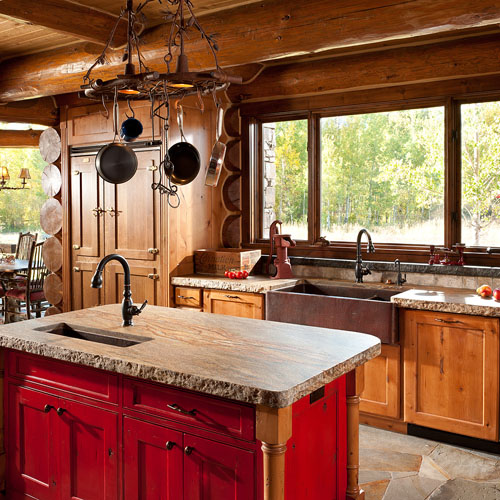There is no doubt that doing a remodel, especially in the kitchen requires quite a bit of demolition, even with the smallest of projects. So there are definitely some things to remember to do before and during your project to make sure you are not only keeping your home to code, but so you keep the work to a minimum. First and foremost, you need to discuss your plans with your local building inspection department, make sure to obtain all the required permits, and schedule proper inspections.
Things to Remember BEFORE Starting:
1. Consider renting a dumpster to dispose of items that cannot be donated or reused/recycled.
2. Charitable organizations like Habitat for Humanity will pick up items that can be reused in their homes, so make sure to make necessary arrangements. This not only helps others, but is a tax deduction, as well as lowers the cost of your dumpster, so in the long run, your kitchen remodel will be cheaper.
3. Test for asbestos. Pull up a linoleum for sampling, and have an abatement team remove the flooring if it is positive. If it is not positive for asbestos, you are free to remove it yourself.
4. Disconnect all water, electricity and plumbing to your kitchen. It may seem simple, but CANNOT be overlooked.
5. Disconnect the water and drain pipes from the dishwasher and sink, the gas from the oven, and the electricity from any appliance that is directly plugged into the wall.
6. Pulling together all required tools and materials you will need before you begin will help keep the work going smoothly. Items like safety goggles, a hard hat, face mask, gloves and boots are obviously necessary for your safety, but also keep in mind the things that will make your job easier, like crowbars, mallet, drill driver, rotary saw, flashlights and area lights, as well as a hand vac to help pick up debris.
Kitchen Demolition
Remember to always work backwards from how the kitchen was originally built. This not only saves you time, but minimizes damages to fixtures, counters, and cabinets that may be able to be recycled.
- Cut off the electrical service to the kitchen. Remove glass shades from light fixtures, outlet covers, heat registers and window coverings. Pull out all appliances. Keep a rotary saw nearby, just in case. It wouldn’t hurt to have the 12V drill clipped to your belt, too. A flashlight or area light will also help you see behind appliances.
- Pry off the trim around the cabinets, windows and doors. Remove the upper and base kitchen cabinets using a pry bar or drill. Remove the sink’s attached faucets, back splash, wall tile, countertop Formica and particleboard sub laminate. Then lift the sink out of the counter.
- Slowly pull the old drywall or lathe and plaster off the ceiling using a crowbar or pry bar. Watch the electrical wiring. You could use a clamp saw for assistance, if needed.
- Pry the drywall or lathe and plaster from the walls, again taking care not to disturb the electrical wiring or any ductwork. Remove any insulation, nails and staples found in the wall and ceiling studs. If the flooring material tests negative for asbestos, the various layers of linoleum and glue or floor tile and grout can now be pried up with the pry bar and rubber mallet.
- Clean up waste to prepare for the new flooring, kitchen cabinets, light fixtures, appliances and countertops. Use a hand vac or shop vac to clean up debris.
For more ideas on how to install cabinets, and other kitchen remodeling ideas clickhere for more how to tips and instructions! Also see the Plumbtile website for great sinks, accessories, and more to make your kitchen beautiful!


